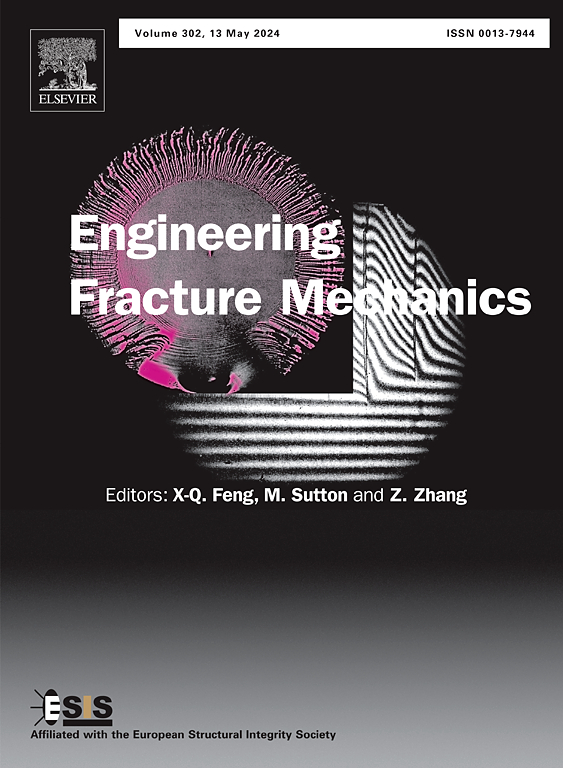A new dual strengthening strategy to improve the bending resistance of thin-walled bellows using prefabricated martensite and a gradient structure
IF 4.7
2区 工程技术
Q1 MECHANICS
引用次数: 0
Abstract
In order to improve the bending resistance of bellows, in this study, the bellows microstructure was uniquely designed via an induction heat treatment process (IHTP). Thin-walled bellows with a gradient structure and martensite arranged along a preset path were prepared. Using a combination of experimental and material characterization methods, the microstructural characteristics of the matrix and their evolution during the bending process were studied, and the strengthening mechanism of the bending resistance of the IHTP bellows was revealed. The results showed that IHTP could be used to prepare bellows with a gradient grain size distribution (gradually refined along the wave peak toward the trough), increase the content of low-angle grain boundaries (LAGBs), and generate a large amount of lath martensite distributed along the ripple direction. The results of repeated bending testing and fracture morphology analysis showed that the stress of the material was more uniform due to the grain refinement in the trough of the IHTP bellows. Meanwhile, due to the brittleness of martensite, cracks propagated along the preset ripple direction, delaying the propagation of the main crack in the wall thickness direction and improving the bending number of the bellows. The maximum increase in the bending number for the IHTP bellows was nearly 300%, when compared with bellows designed via a general heat treatment process (GHTP). The fracture surface was characterized by small and dense dimples and local deep dimples. Additionally, the crack boundary was more tortuous, indicating that the crack propagation resistance increased, and the fracture form changed from transgranular fracture to intergranular fracture. This study provides a new method for improving the bending resistance of bellows.
求助全文
约1分钟内获得全文
求助全文
来源期刊
CiteScore
8.70
自引率
13.00%
发文量
606
审稿时长
74 days
期刊介绍:
EFM covers a broad range of topics in fracture mechanics to be of interest and use to both researchers and practitioners. Contributions are welcome which address the fracture behavior of conventional engineering material systems as well as newly emerging material systems. Contributions on developments in the areas of mechanics and materials science strongly related to fracture mechanics are also welcome. Papers on fatigue are welcome if they treat the fatigue process using the methods of fracture mechanics.

 求助内容:
求助内容: 应助结果提醒方式:
应助结果提醒方式:


